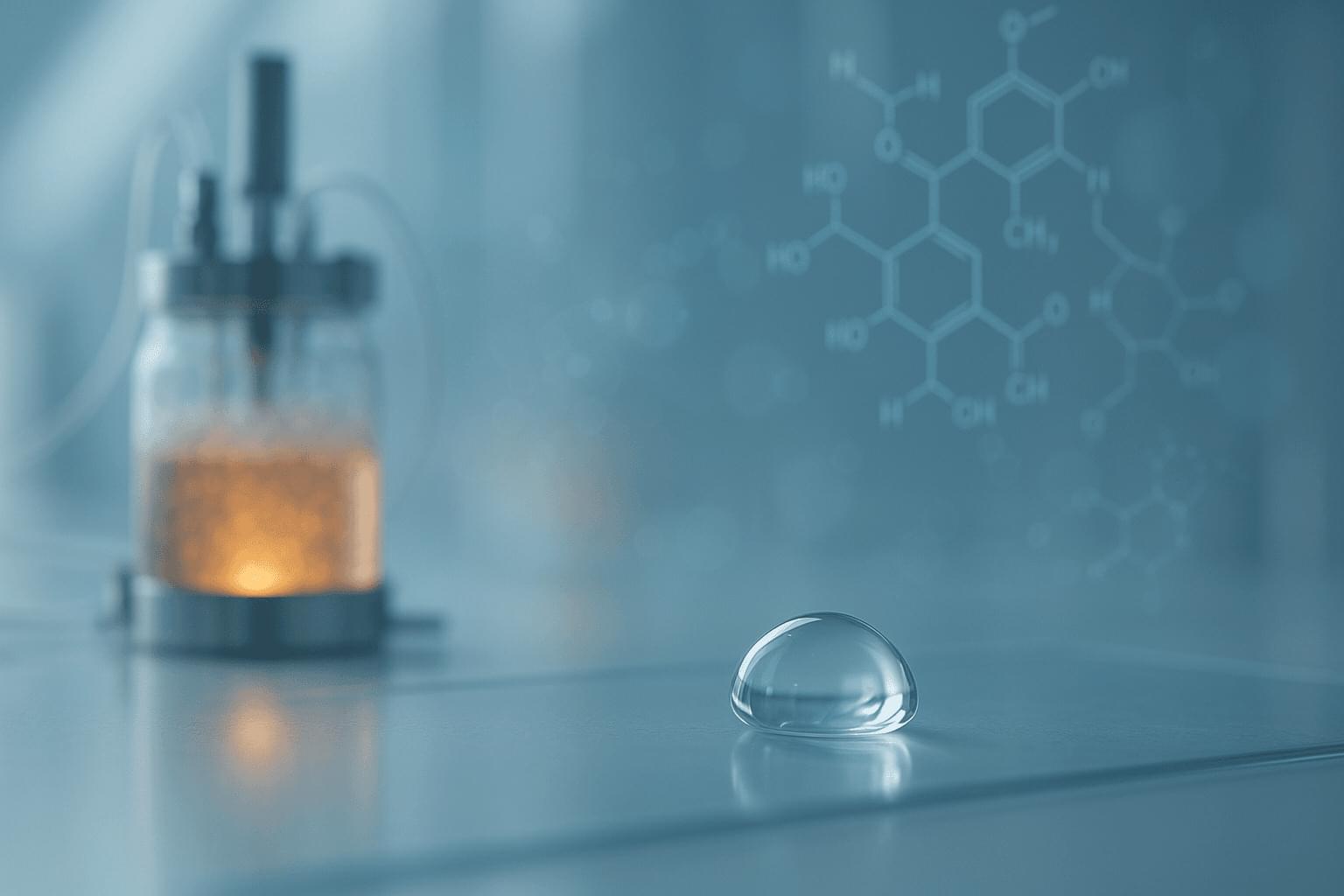New research uncovers how shared genes contribute to various psychiatric disorders. This breakthrough highlights the importance of pleiotropic genes—those affecting multiple conditions—and offers new avenues for mental health treatment development.
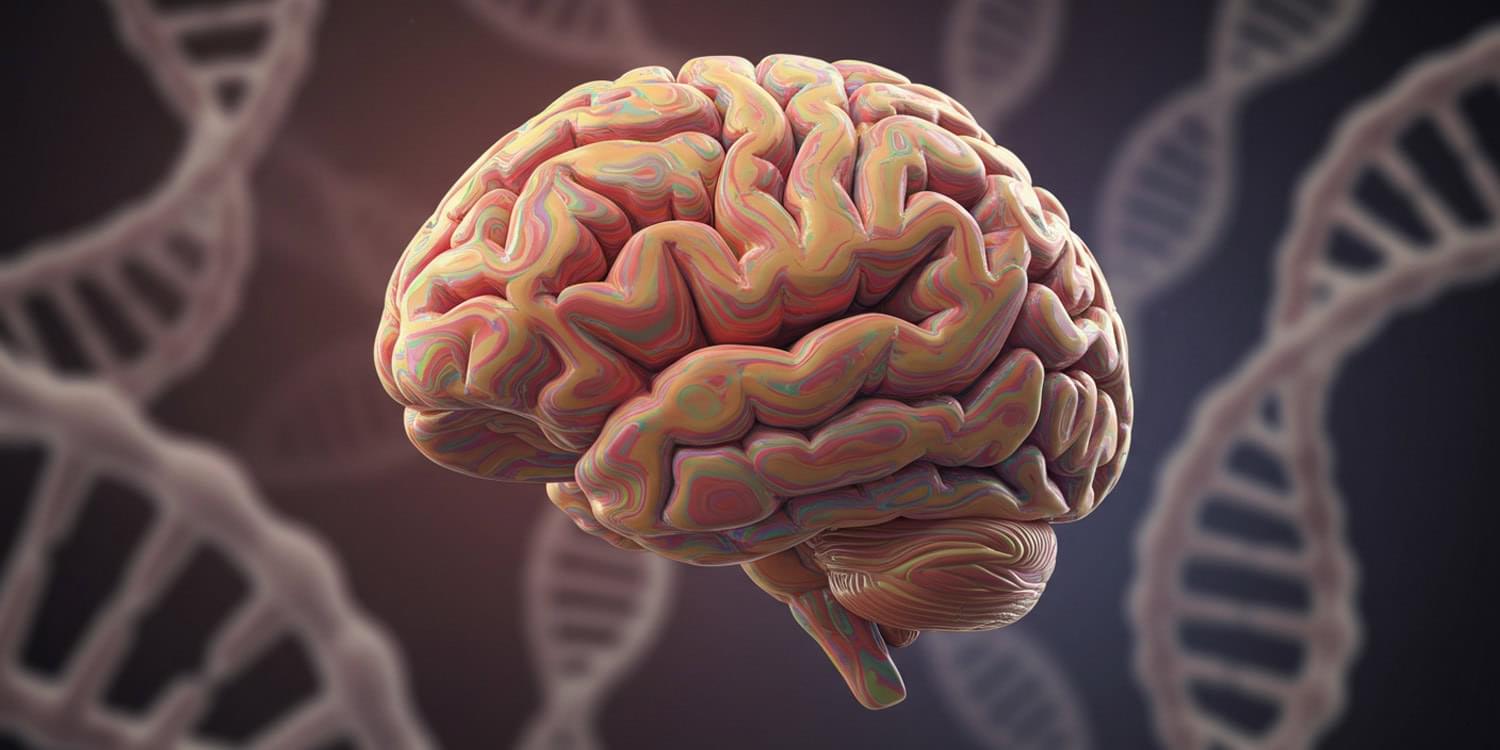

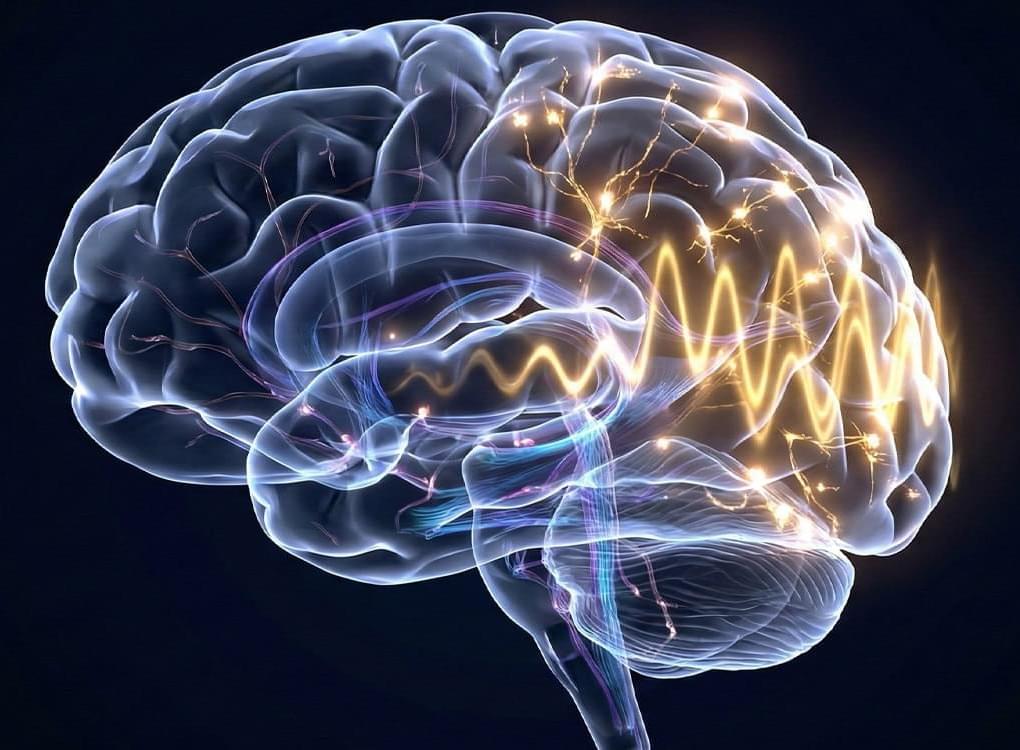
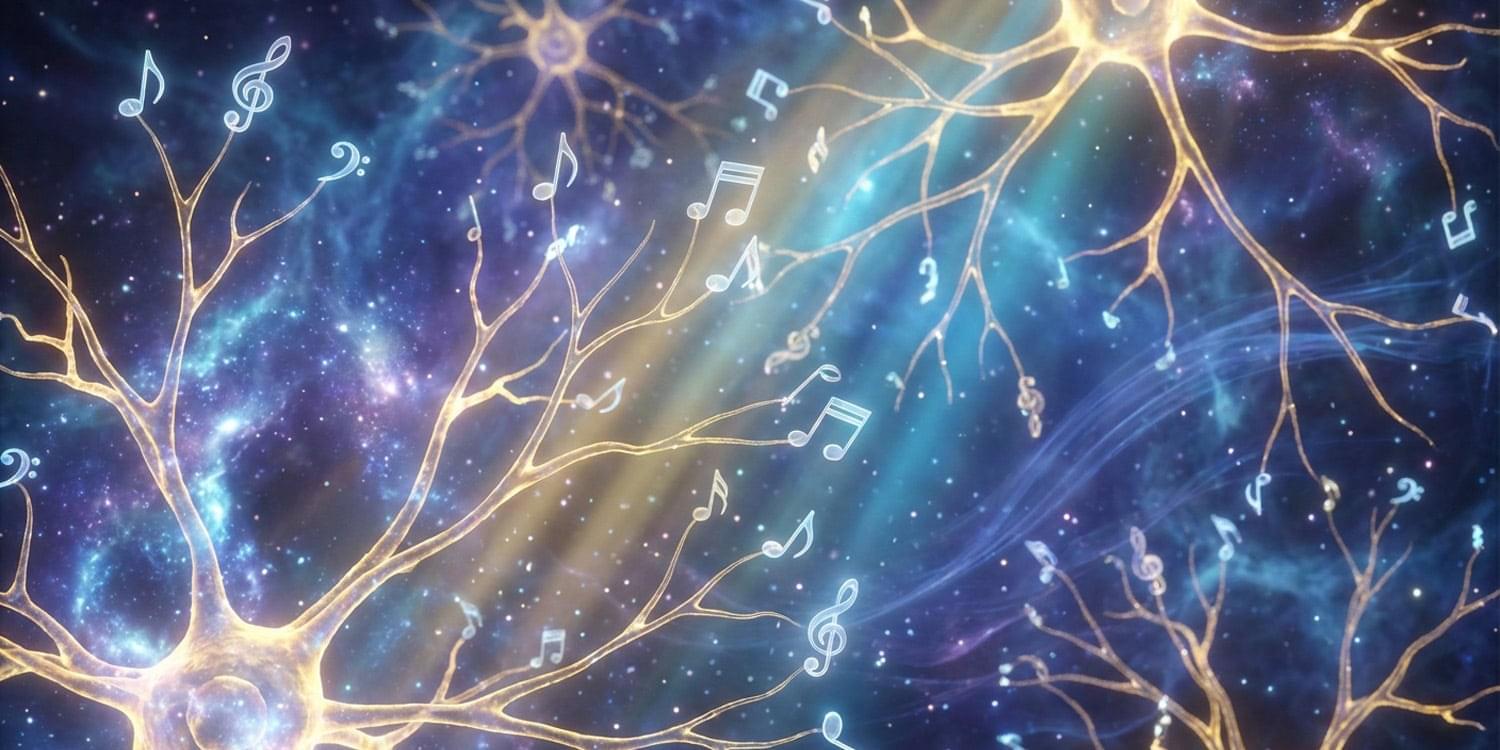
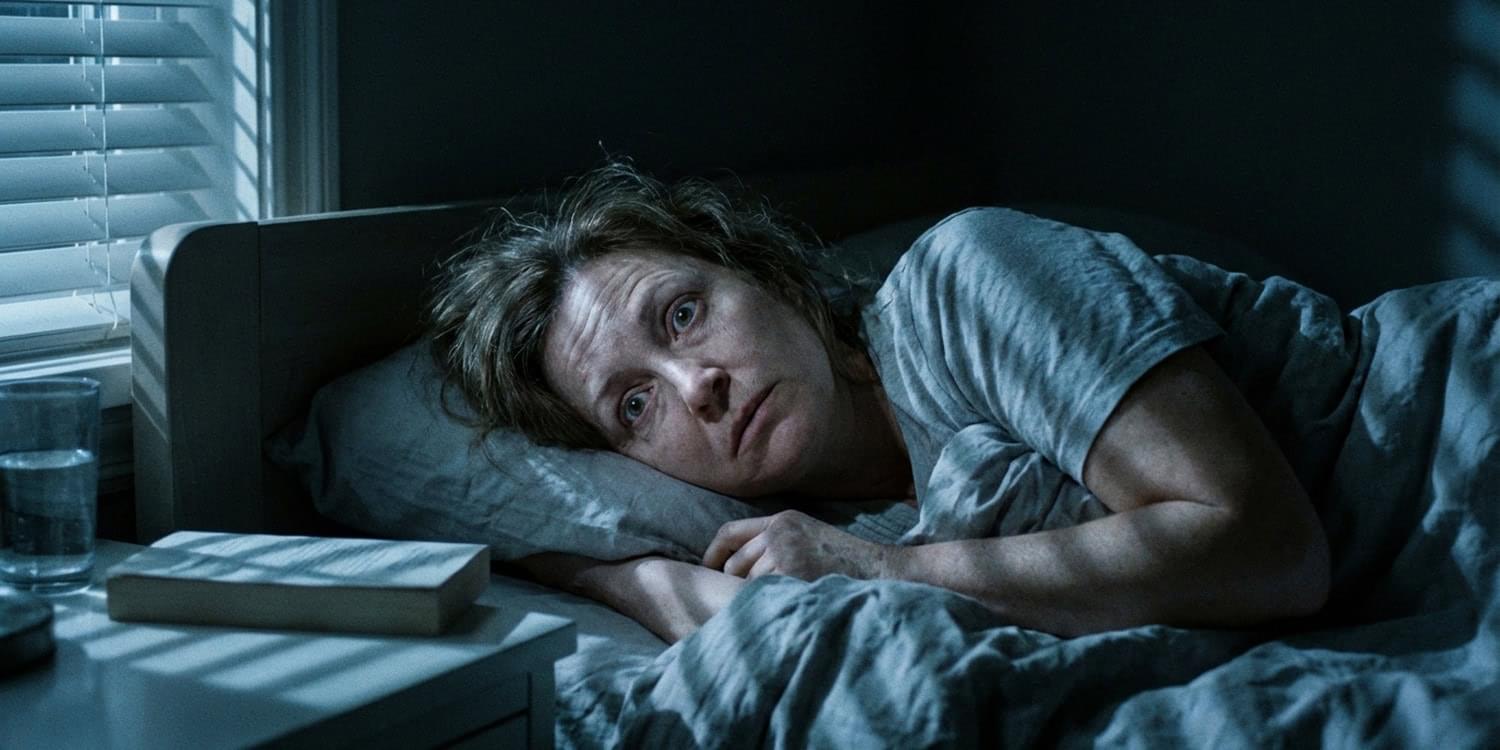
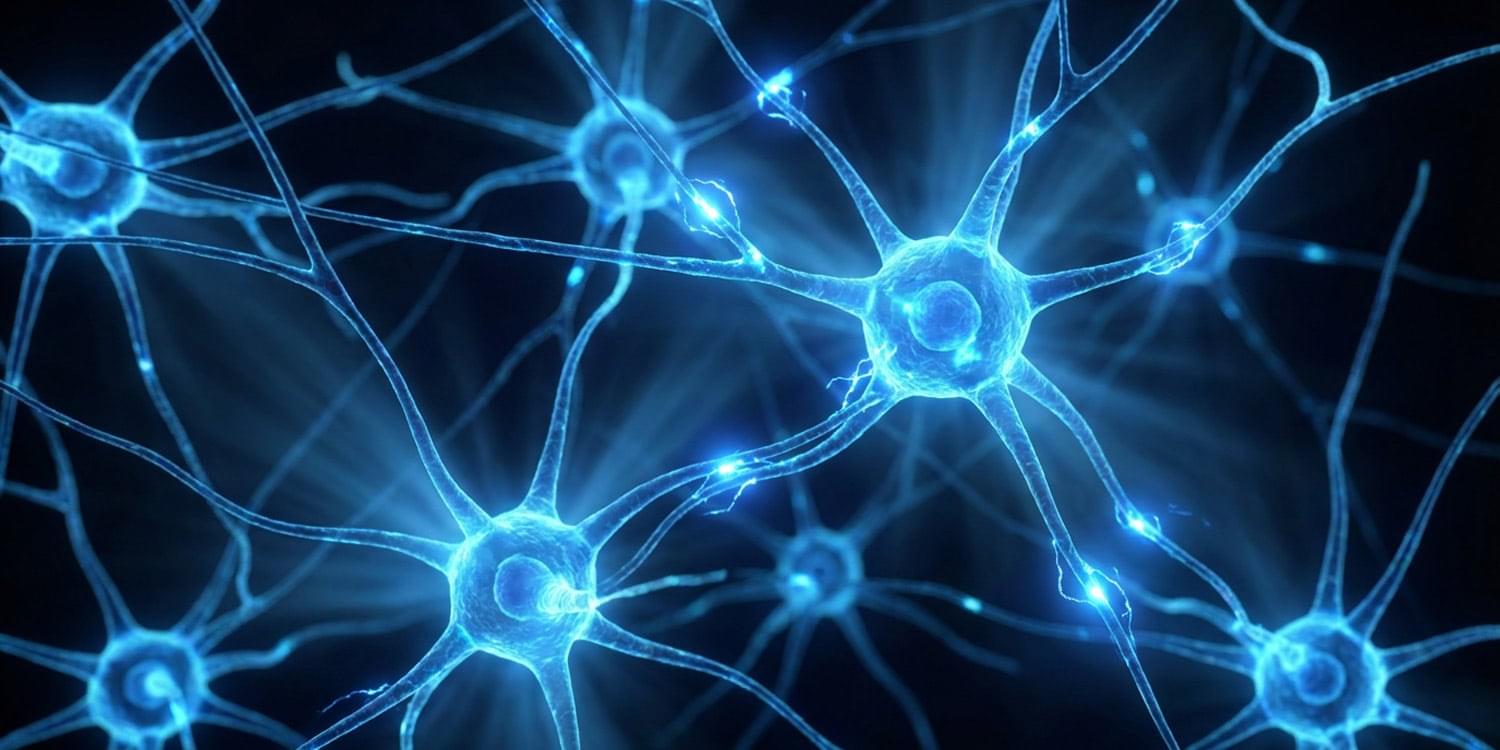

Great, but where on earth is the EU in this new space race?
HELSINKI — China is charting a long-term deep space strategy centered on planetary habitability and the search for extraterrestrial life, according to a newly revealed mission roadmap.
A slide titled “habitability and search for extraterrestrial life — guiding the future development of China’s planetary exploration,” was shared on Chinese social media by the country’s Deep Space Exploration Laboratory (DSEL), a national-level research institution under the China National Space Administration (CNSA). It outlines a number of planned and potential missions, many with astrobiological implications.
The first mission is the Tianwen-3 Mars sample return mission, already approved and currently scheduled to launch around late 2028. Among its main objectives is investigating potential traces of past or present life on Mars.
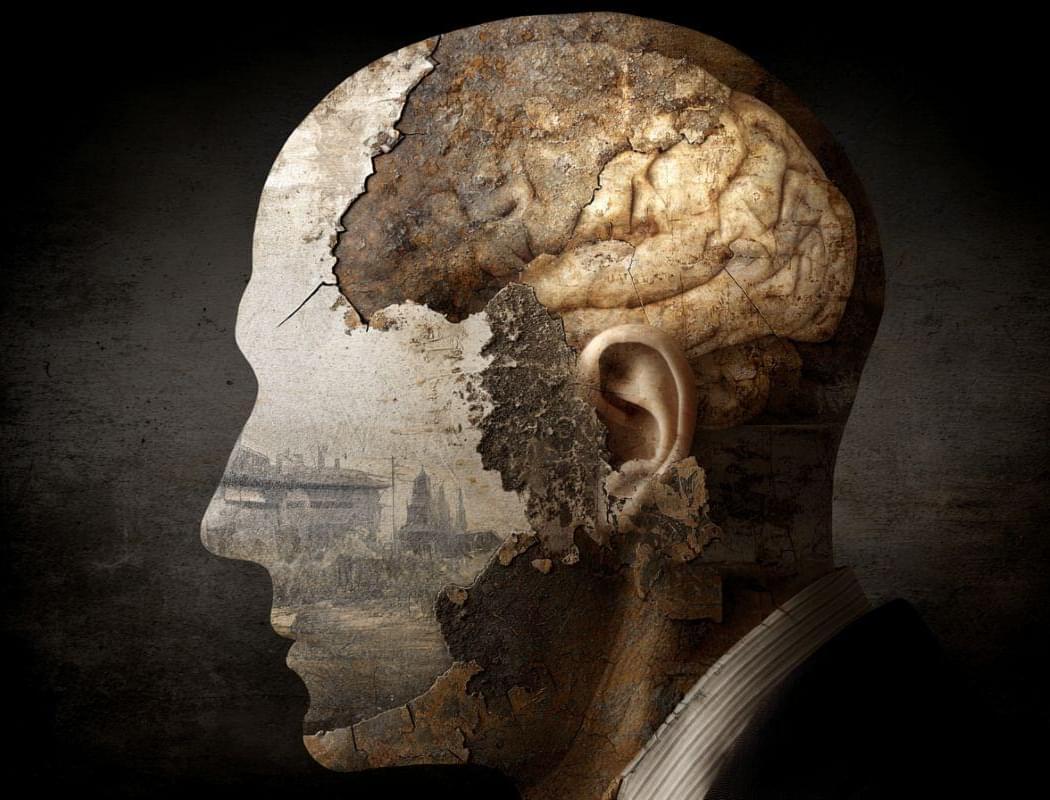
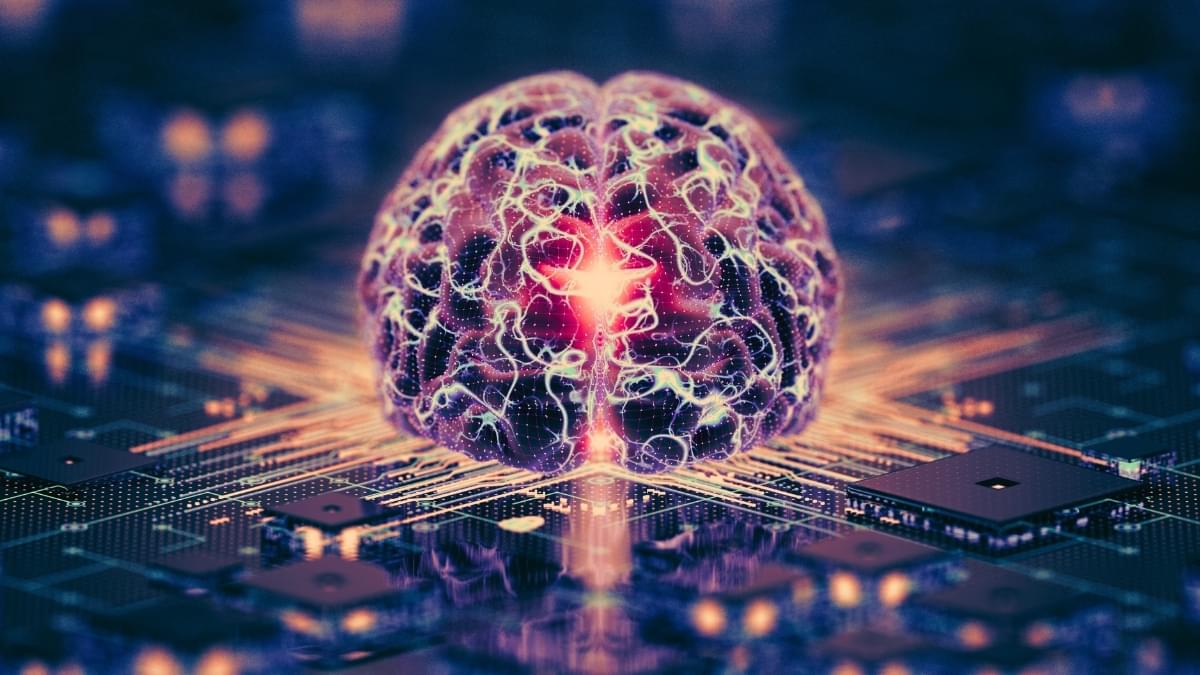
As prominent artificial intelligence (AI) researchers eye limits to the current phase of the technology, a different approach is gaining attention: using living human brain cells as computational hardware.
These “biocomputers” are still in their early days. They can play simple games such as Pong, and perform basic speech recognition.
But the excitement is fuelled by three converging trends.
Follow Closer To Truth on Instagram for daily videos, updates, and announcements: https://www.instagram.com/closertotruth/
AI consciousness, its possibility or probability, has burst into public debate, eliciting all kinds of issues from AI ethics and rights to AI going rogue and harming humanity. We explore diverse views; we argue that AI consciousness depends on theories of consciousness.
Make a tax-deductible donation of any amount to help support Closer To Truth continue making content like this: https://shorturl.at/OnyRq.
Philip Goff is a British author, panpsychist philosopher, and professor at Durham University whose research focuses on philosophy of mind and consciousness. Specifically, it focuses on how consciousness can be part of the scientific worldview.
Closer To Truth, hosted by Robert Lawrence Kuhn and directed by Peter Getzels, presents the world’s greatest thinkers exploring humanity’s deepest questions. Discover fundamental issues of existence. Engage new and diverse ways of thinking. Appreciate intense debates. Share your own opinions. Seek your own answers.
